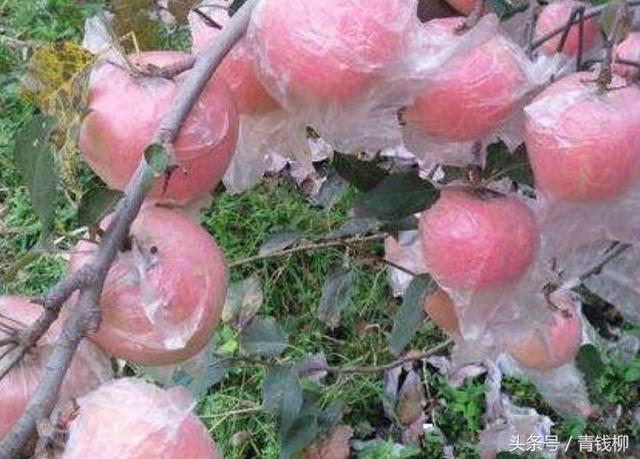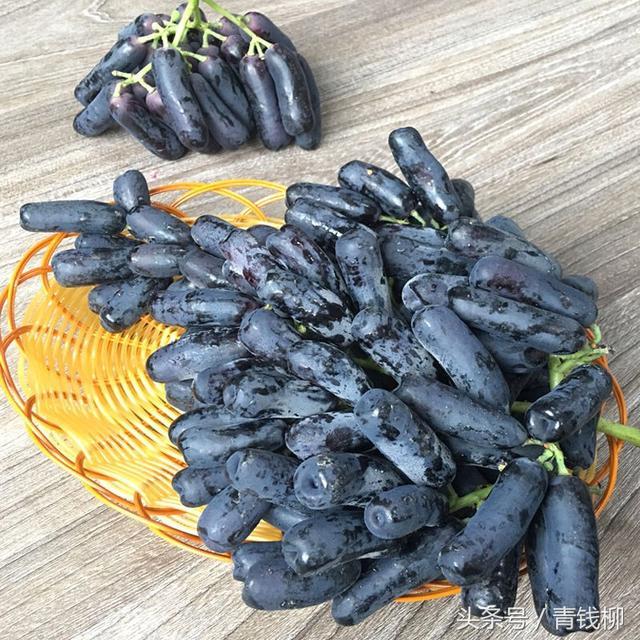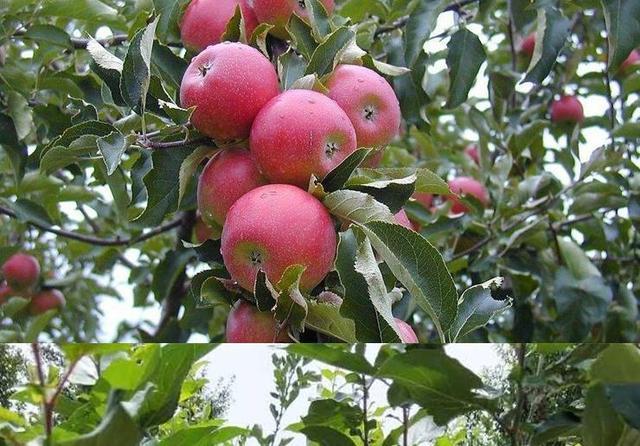Apple shaping and pruning and Pest Control in Lingwu City

Apple shaping and pruning and Pest Control in Lingwu City
Lingwu City is located in the central region of Ningxia Hui Autonomous region, with superior natural conditions such as temperature, light and precipitation. Apples and other fruits are widely planted and are known as the "hometown of flowers and fruits". Bai Jitan Nature Reserve is located in Lingwu City and was established in 1980s. In recent years, Bai Jitan has made full use of local superior natural conditions to expand apple planting area and popularize advanced techniques such as shaping and pruning, pest control and so on. It has laid a good foundation for improving the quality and efficiency of Bai Jitan apple trees. According to the author's practice, the techniques of apple shaping, pruning and pest control are discussed.
1 shaping and pruning technology
1.1 due to tree pruning
The growth of apple trees is affected by internal and external factors. The external factors include topography, climate, soil and other natural conditions, as well as soil fertilizer and water management, pest control and other cultivation measures, while the internal factors include apple tree varieties, tree age, growth and so on. Under the joint action of internal and external factors, different pruning methods of apple trees are different. Pruning should be based on tree pruning, and different pruning schemes should be made according to the growth and fruit of the tree.
1.2 grow up with shortness
Apple trees have a long life and can bear fruit for many years, so pruning should be carried out according to the growth and load of the trees. For apple trees, if heavy pruning is carried out blindly, it will prolong the time for apple trees to enter the peak fruit period and reduce their economic life. Therefore, while considering long-term planning, we should also consider the current benefits. Young apple trees should leave as many branches as possible in pruning in order to promote their better growth and grow in a short time, while shaping does not have a great impact on the results. Through proper shaping and pruning, a good tree structure can be cultivated, and the premature, high and stable yield of apple trees can be realized.
1.3 determine the degree of shaping and pruning according to the age of the tree
Apple trees of different ages have different growth conditions and different degrees of shaping and pruning. For the newly planted young apple trees, the degree of pruning should be light and more branches should be left so that the trees can relax and bear fruit faster. The backbone branches of the young trees should be re-cut to cultivate a permanent tree shape. For the old tree, because of its fruit for many years, the growth of the tree is weak, and the small branches distributed on the trunk should be mainly heavy-cut to promote the renewal and rejuvenation of the old tree. while heavy-cutting, we should also pay attention to not affecting the fruit of the apple tree. when pruning fruiting branches, we should combine heavy pruning and light pruning.
1.4 pruning should be primary and secondary
Affected by many factors, the growth of different parts of the apple tree is inconsistent, and there are some phenomena such as uneven growth above and below the crown, so it is necessary to restrain the branches that are too strong, and adopt the combination of promotion and control to ensure the balance of the tree. The position and order of branches at all levels of apple trees are divided into primary and secondary. When pruning, we should pay attention to the distinction between primary and secondary, clear order and balanced distribution of branches on the basis of leaving more branches. For the central leading stem, it is necessary to ensure its absolute dominant position when pruning; for the upper and lower main branches, it is necessary to insist that the growth of the lower layer is stronger than that of the upper layer; the growth of the main branch is stronger than that of the lateral branch. do not hinder the growth of backbone branches when keeping auxiliary branches. In short, branches at all levels should have certain differences in growth, so as to make a clear distinction between primary and secondary.
1.5 combination of winter pruning and summer pruning
Winter pruning is mostly carried out before and after defoliation, sooner rather than later, to prevent the phenomenon of "bleeding" after pruning, it is generally better to choose the trunk sparse crown. The ways of winter pruning are different for different apple tree varieties and planting conditions. for some varieties which are easy to cause canopy in the forest, the amount of pruning should be large, and more sparse and less cut should be adopted. for apple trees with poor soil and poor growth, heavy pruning should be taken in winter, with less thinning and more pruning. Summer pruning effectively makes up for the deficiency left by winter pruning, making apple trees fruiting earlier and achieving high yield. Most of the pruning methods in summer are to remove branches and twist branches, so as to control the overgrowth of branches and ensure the balance of growth among branches.
2 prevention and control of major diseases and insect pests
2.1 Apple spot leaf disease
Apple spot leaf disease is a kind of disease which is easy to occur in apple planting, which can cause apple trees to show deciduous disease in the early growth stage, which is harmful to the growth of trees and disadvantageous to the formation and fruiting of flower buds in the later stage. Under certain circumstances, apple leaf spot disease will gradually spread to the whole fruit forest, resulting in a large area of occurrence. In prevention and control, the diseased leaves should be removed in time, unified and harmless treatment, and all the diseased leaves should be cut off before the pathogen spreads to prevent spread. The disease generally causes harm to young buds. Therefore, it is necessary to regularly check the buds and do a good job of prevention and control. The effective agents to control apple leaf spot disease are mancozeb and so on, which should be sprayed properly before or when the disease occurs.
2.2 Apple blight
One of the most common diseases in apple trees in spring is apple blight rot, which mainly harms fruit, rhizome and other parts. When the apple fruit has the apple blight rot, its appearance color deepens, the flesh rotts, causes the very big loss; after the rhizome occurs this disease, the rhizome decays. The prevention and control of apple blight rot can concentrate on burying the diseased fruit deeply, and adopt methods such as laying grass on the ground to prevent apple blight rot from being infected by the ground mud splashing on the fruit; the rhizome should be turned to dry in time, and the affected part should be scraped off cleanly, and sterilized with stone-sulfur mixture and other medicament.
2.3 Peach heart borer
Peach heart borer usually occurs in July, and the tree plate can be cleaned on the basis of ploughing soil from April to May, covering plastic film and compacting the edge within 1 m around the trunk, which plays a good role in preventing the adult from laying eggs. About 2 weeks after apple falling, the male moth of peach heart borer can be trapped and killed by hanging traps in the forest, so as to interfere with the normal mating of pests and reduce the number of insect pests. At the beginning of the insect pest in July, it was sprayed to kill Surey, Taoxiaoling EC, Lesbon and other agents.
- Prev

How to use organic fertilizer in vineyard
How to use organic fertilizer grape in vineyard is a kind of intensive crop. Fertilization is an important part of production management in the process of planting management. Reasonable fertilization can not only improve grape quality and efficiency, reduce cost, but also adjust.
- Next

Production Technology of pollution-free Apple in Yongji, Shanxi Province
Pollution-free apple production technology in Yongji, Shanxi for the purpose of high yield, high efficiency, safety and high quality, on the basis of improving the ecological environment and improving the level of cultivation and management, pesticides, fertilizers and water must meet the relevant standards or standards.
Related
- Wuhan Hospital Iron Tree Blooming Result Was Instantly Frightened by the Gardener Master
- Which variety of camellia is the most fragrant and best? Which one do you like best?
- What is the small blue coat, the breeding methods and matters needing attention of the succulent plant
- Dormancy time and maintenance management of succulent plants during dormancy
- Minas succulent how to raise, Minas succulent plant pictures
- What are the varieties of winter succulent plants
- How to raise succulent plants in twelve rolls? let's take a look at some experience of breeding twelve rolls.
- Attention should be paid to water control for succulent plants during dormant period (winter and summer)
- Watering experience of twelve rolls of succulent plants
- Techniques for fertilizing succulent plants. An article will let you know how to fertilize succulent plants.

